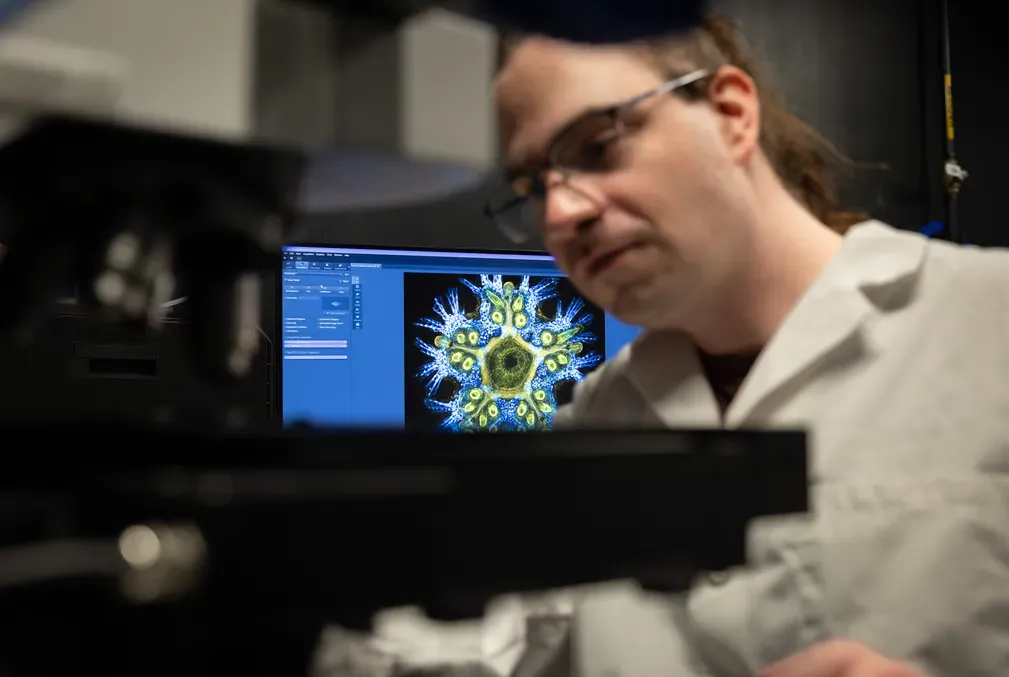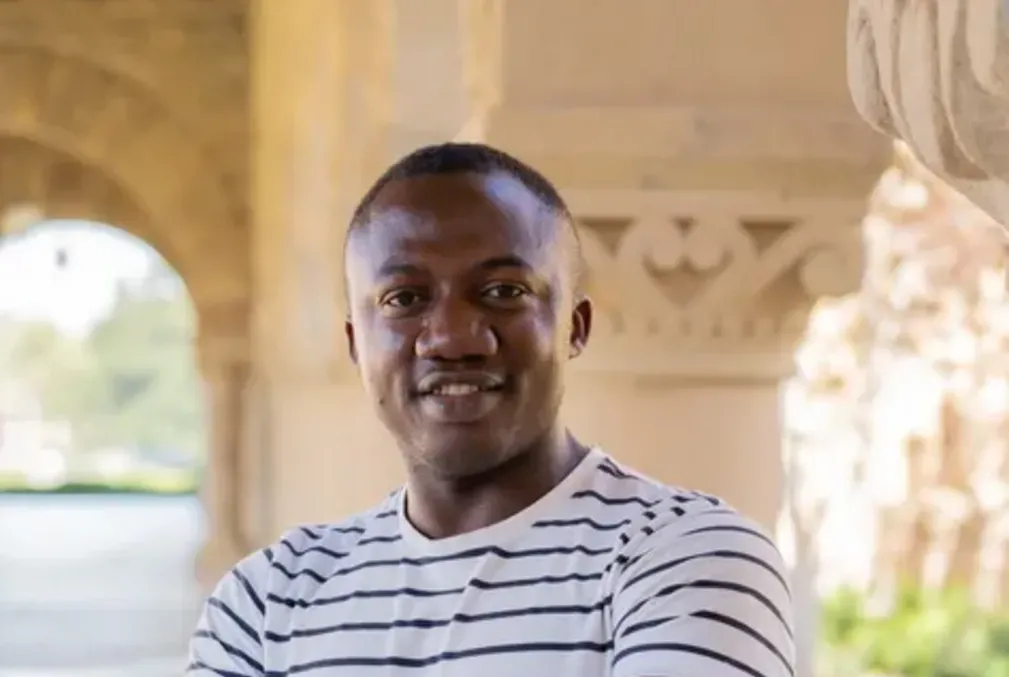John I. Brauman, award-winning chemist known for his warmth, humor and generosity, dies at 86
A noted scholar of chemical reactions and gas-phase ions, Brauman was beloved by students and colleagues alike.
John I. Brauman, the J. G. Jackson and C. J. Wood Professor in Chemistry, Emeritus, in the Stanford School of Humanities and Sciences, an award-winning organic chemist, and a beloved faculty member for more than half a century, died Aug. 23.
After joining Stanford in 1963, Brauman earned just about every accolade available to a scholar of chemistry, including the National Medal of Science (2002), the National Academy of Sciences Award in Chemical Sciences (2001), and awards from the prestigious American Chemical Society including the Norris Award in Physical Organic Chemistry (1986), the Award in Pure Chemistry (1973), and various honors from regional ACS chapters. He also published more than 300 papers, advancing understanding of how the rates and products of chemical reactions are determined.
He was also a beloved figure on campus, guiding countless students through their studies and serving the university community in various posts. As a family remembrance put it, “John’s office door was always open.”
“John was interested in everything, all areas of science but also much more broadly,” said Steven Boxer, the Camille Dreyfus Professor in Chemistry in H&S. “Many times I stopped by his office for advice on something I didn’t understand and always left amazed at the breadth of his knowledge. For me, the greatest joy was having him post results from my research on his bulletin board—including a check for $1 million I wrote to him after losing a bet (never cashed)!”
An analytical mind and an eye for talent
Brauman began his 50-plus years at Stanford as an assistant professor, and he became the J. G. Jackson and C. J. Wood Professor in Chemistry in 1980. His tenure included serving two terms as chair of the Chemistry Department, from 1979 to 1983 and from 1995 to 1996; as associate dean for the natural sciences in H&S, from 1999 to 2003; and as associate dean of research and graduate policy, from 2005 through 2017. He retired in 2007 but continued to work part time at the university for ten years.
As a professor, he had an outsized impact on his students.
“Brauman was renowned for his effective letters of recommendation describing particular attributes of young scientists,” said James Collman, the George A. and Hilda M. Daubert Professor in Chemistry, Emeritus, at Stanford. “John’s ability to forecast their future accomplishments and to analyze their particular strengths was remarkable. He helped launch the careers of many young people.”
His reputation as a scientist and a mentor earned him the H&S Dean’s Award for Distinguished Teaching in 1975-76 and helped attract others to the department.
“I first met John Brauman when we were both graduate students in the Department of Chemistry at the University of California, Berkeley in the early 1960s,” said Richard Zare, the Marguerite Blake Wilbur Professor in Natural Science and professor of chemistry in H&S. “His keen, analytical mind and ability to offer astute opinions, often humorous but always on target, charmed me as it did many others who had the privilege of interacting with him. John Brauman was a major reason I decided in 1977 to leave Columbia University and join the Stanford Chemistry Department.”
At a celebration for his 65th birthday, many of his former students contributed remembrances that referred to Brauman as “Mr. Science” and fondly (if sometimes jokingly) recalled his catchphrase, “That’s not how you want to think about it,” deployed to implore students to reconsider received knowledge.
“John was an amazing mentor, and I am blessed to have known and learned from him,” said Stephen L. Craig, the William T. Miller Distinguished Professor of Chemistry at Duke University and a former student of Brauman’s at Stanford. “He took science exceptionally seriously but never himself. As a result, even the most intense scientific debates felt to me like a collaborative effort rather than any sort of competition. This made discussions tremendously intense and fun at the same time.”
Brauman’s work at Stanford had an influence beyond campus. He was a deputy editor then chair of the senior editorial board at Science magazine, helping elevate the stature of the storied magazine over 25 years. He was also the home secretary of the National Academy of Sciences from 2003 to 2011 and received the American Chemical Society’s Parsons Award for service to public science communication and policy in 2017.
These accomplishments reflected the groundbreaking nature of his work, which explored how molecules react and why. This work changed how chemists perceive the properties of ions and helped determine how a solvent (whether solid, liquid, or gas) affects chemical stability and reactivity.
He often credited Stanford for his success: “There’s no doubt in my mind that my scientific successes are very much related to being at an institution that both had resources and qualities that made it possible for these things to happen,” he said in a 2013 Stanford Historical Society oral history. “I really am immensely grateful to the place for providing me with the opportunity to do what I did.”
A life in chemistry
Chemistry followed Brauman throughout his life. Born in Pittsburgh, he received a degree in chemistry from the Massachusetts Institute of Technology and a doctorate in chemistry from the University of California, Berkeley—where he met the woman who would become his wife of 60 years, Sharon, in a chemistry lab.
Outside of chemistry, Brauman enjoyed music and played the viola and banjo. He also loved fly-fishing in the Sierras and cooking with his family.
He is survived by his wife, Sharon; his daughter, Kate Brauman; and his son-in-law, Kevin Catalano. A celebration of life will be held Friday, Nov. 15 at 5 p.m. in Sapp Auditorium at the Sapp Center for Science Teaching and Learning on campus. RSVPs are requested. In lieu of flowers, memorial donations may be sent to the Parkinson’s Foundation or the Truckee Donner Land Trust.




